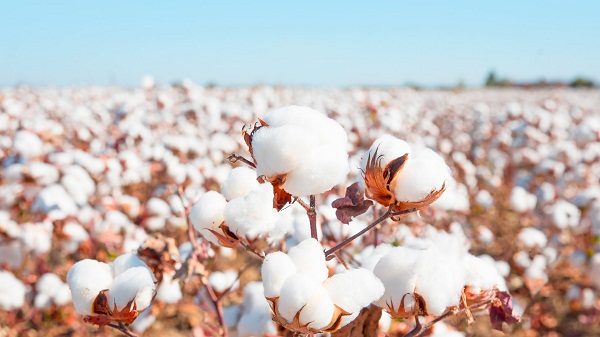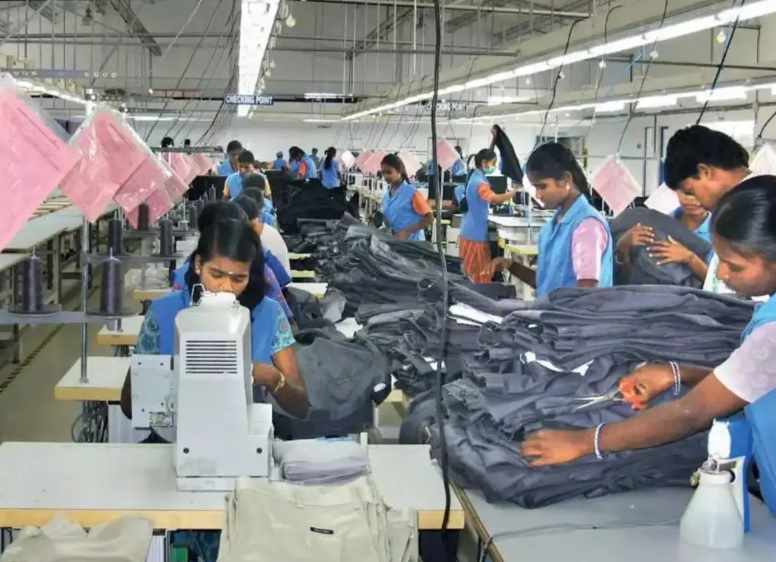
Global cotton market is witnessing a deep price fluctuation of late. As Seshadri Ramkumar, Professor, Texas Tech University writes in Textile Value Chain, prices shot up above $1.30/Ibs at the beginning of this season. However, they have been falling since then. Analysts expect prices to decline further due to a large availability of discretionary wealth fuelling demand for products and commodities.
Price fluctuations to increase market volatility
Such steep rise and fall is expected to make the cotton market extremely volatile in case of supply disruptions due to climatic conditions, production hindrances and demand slowing due to inflation. Hence, India needs to stockpile cotton as a reserve as does China.
Stockpiling to stabilize market prices
India’s stockpiling initiative can be led by the state-owned Cotton Corporation of India [CCI}, opines Gnanesekhar Thiagarajan, Director, Commtrendz Research, Mumbai. The government can alter CCI’s mandate to control price fluctuations. This will boost confidence across the textile value chain with farmers and end-user being well-protected.
The initiative will assure farmers about predictable buyer, and mills will be assured minimum cotton stock. For this, however, the farm infrastructure including warehousing facility and quality evaluation needs to be improved. India also needs to discuss the requirement of reserves and efficient disbursement of cotton with stakeholders, Thiagarajan opines.
Use scientific methods of manage data
Thiagarajan urges all stakeholders to come together for this initiative and manage cotton production and demand related data. They need to implement a robust and scientific estimation methods, The initiative can be led by the Central government on a national level and by United States’ Department of Agriculture at the global level. He advises the data to be relayed to end-users in a timely manner at fixed intervals during the cotton season. This will ease market pressure, making the market more confident.












